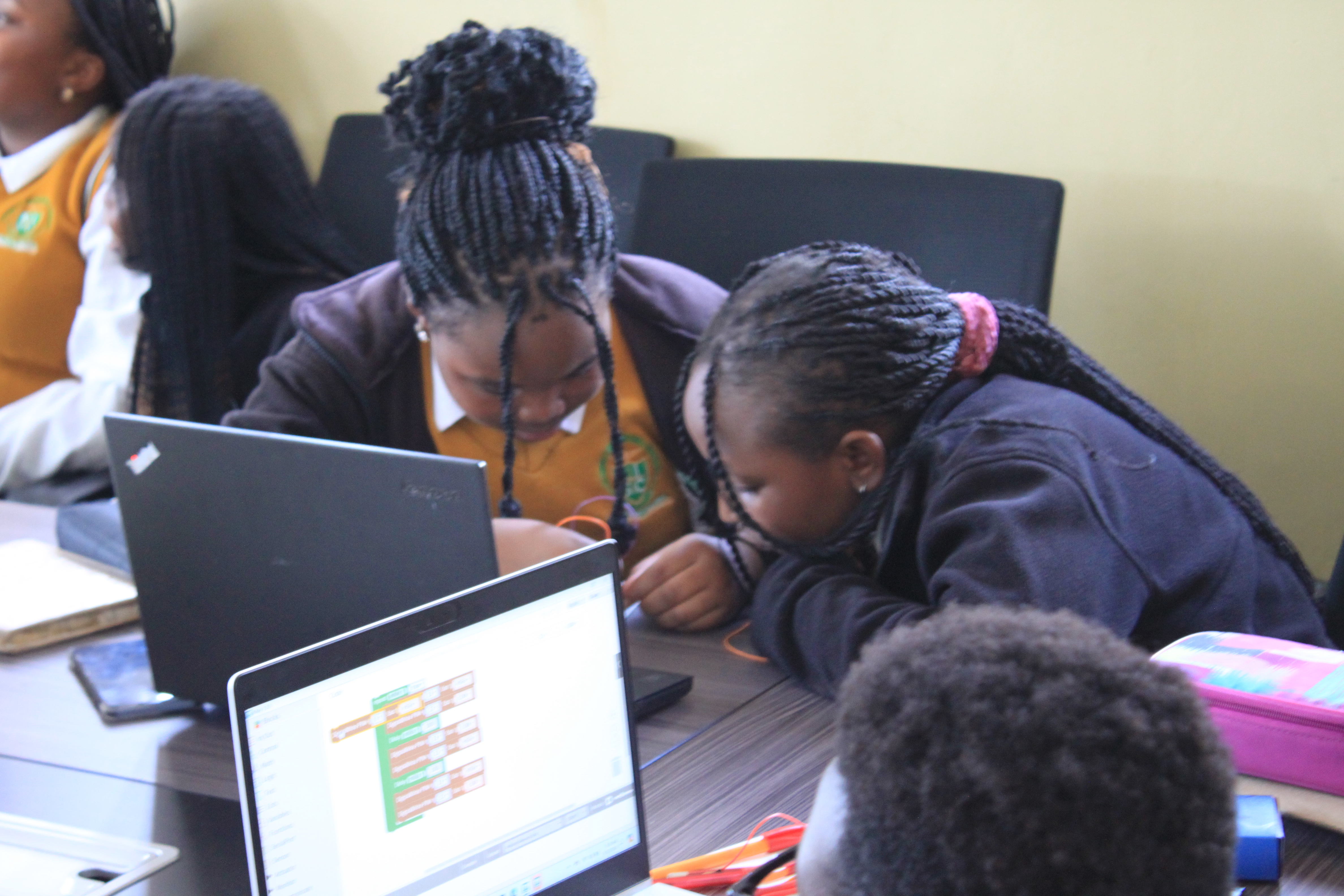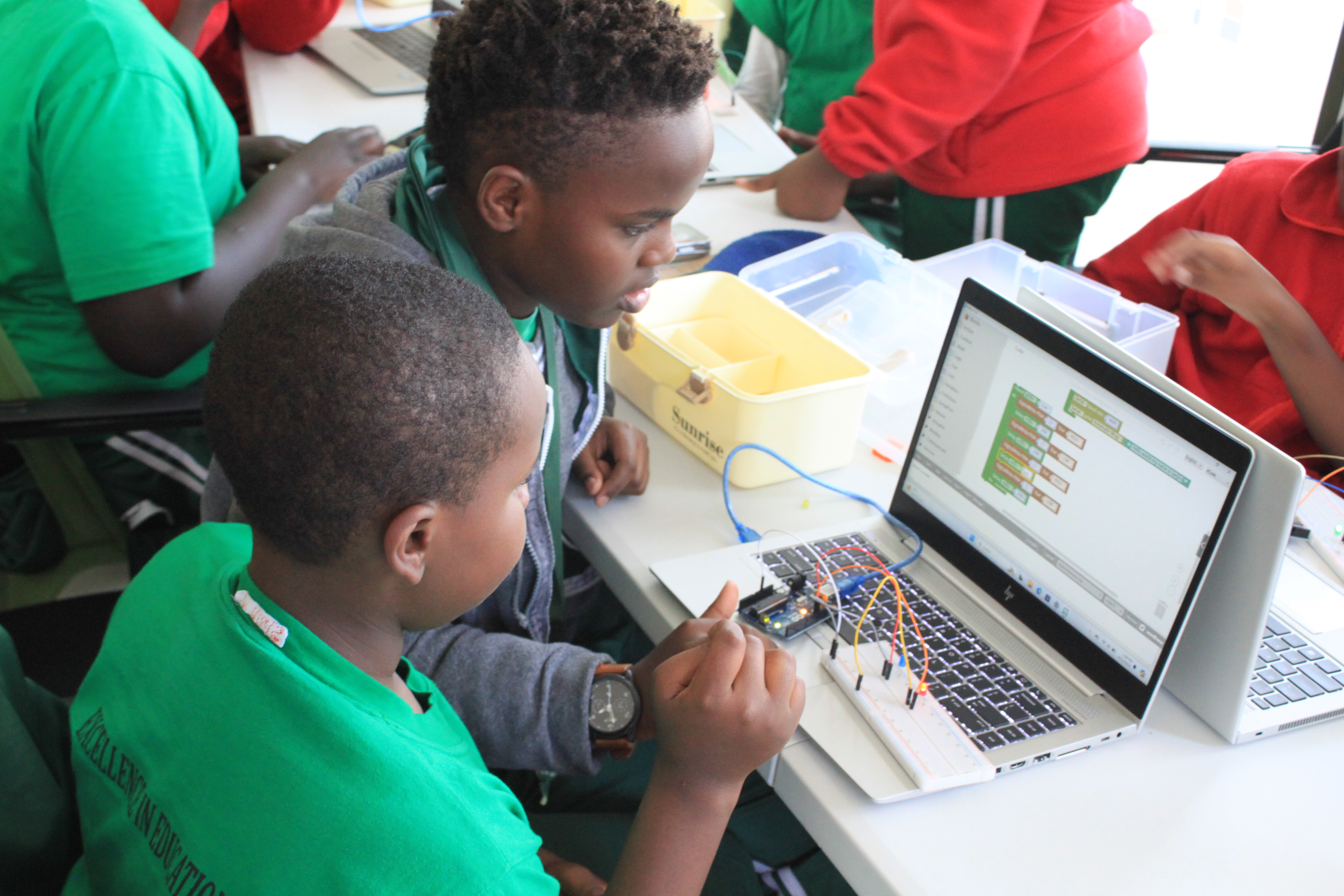Learners will explore the world of sensors and their crucial role in creating interactive and responsive systems. By learning how to interface different sensors with Arduino, students will gain a deeper understanding of how to collect and process environmental data. This week focuses on basic sensors like temperature, light, and ultrasonic sensors, which are essential in many IoT (Internet of Things) applications.
The course emphasizes hands-on, project-based learning, with students working virtually to simulate circuits and program sensor-driven projects using Scratch for Arduino. By the end of the week, learners will be able to integrate multiple sensors to create a functional project, such as a smart lighting system or a temperature-controlled environment.
Key Concepts Covered:
- Understanding the role of sensors in interactive systems.
- Introduction to temperature, light, and ultrasonic sensors.
- Programming sensors with Scratch for Arduino.
- Simulating and testing sensor-based circuits in a virtual environment.
Learning Outcomes:
- Ability to connect and program various sensors with Arduino.
- Understanding of real-world applications of sensors.
- Creating interactive, sensor-based projects that respond to environmental changes.
- Combining multiple sensors to build advanced systems, such as smart lighting and temperature monitoring.
Projects:
- Temperature Monitoring System: A system that uses temperature sensors to monitor and display real-time temperature data.
- Light-Sensitive LED Project: A project where the brightness of an LED changes according to light intensity.
- Ultrasonic Distance Measurement System: A system that measures and displays distance using an ultrasonic sensor.
- Smart Lighting System: A combination of light and ultrasonic sensors to create an automated lighting system that adjusts based on motion and light levels.
Course Features
- Lectures 2
- Quizzes 0
- Duration 20 hours
- Skill level All levels
- Language English
- Students 29
- Assessments Yes





